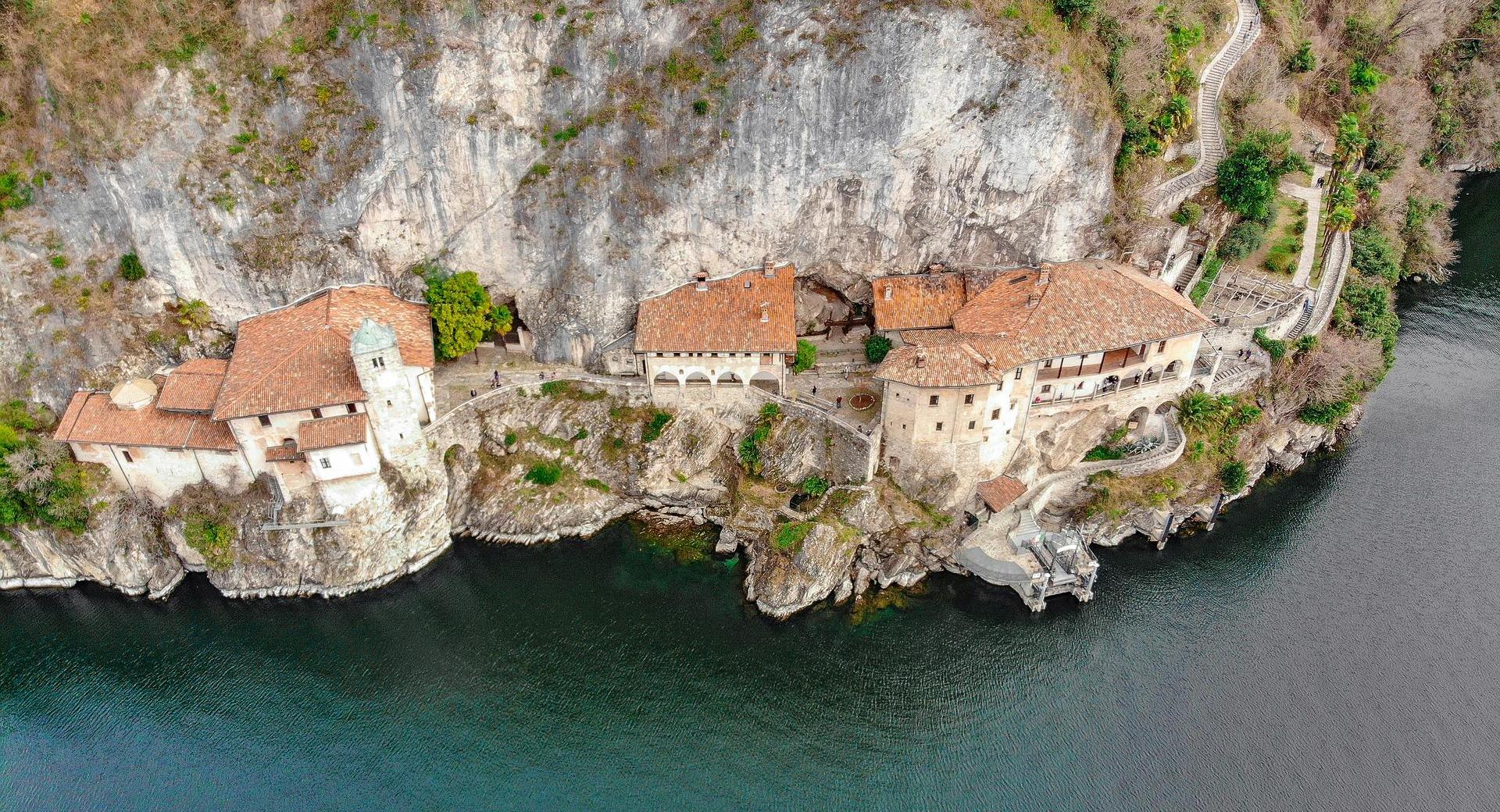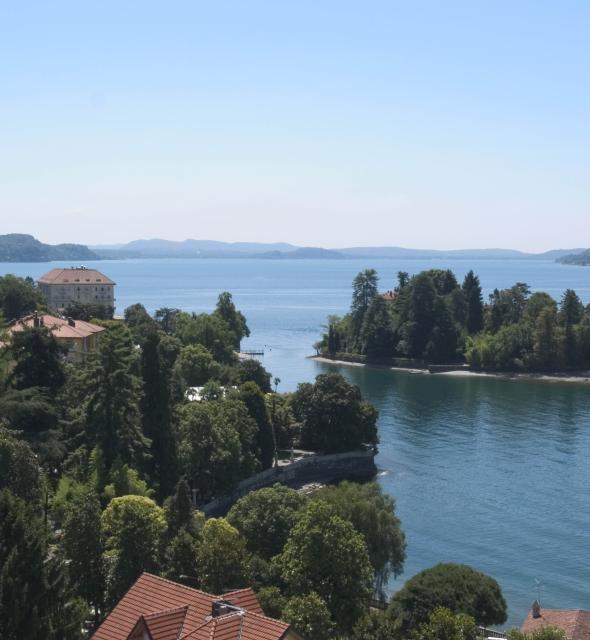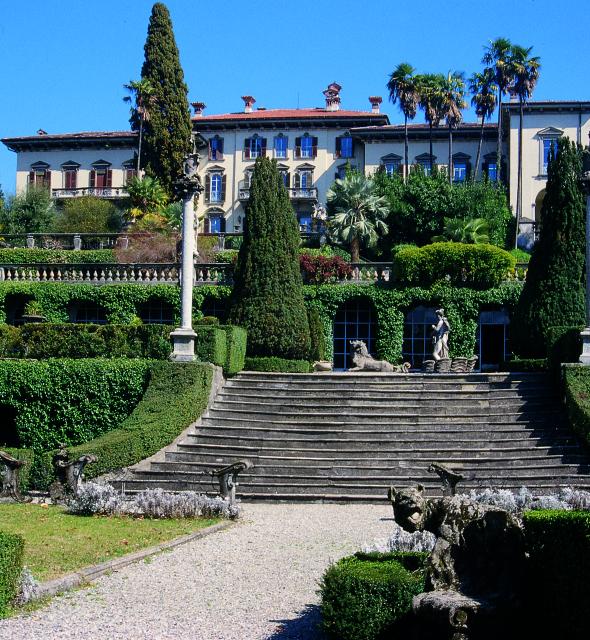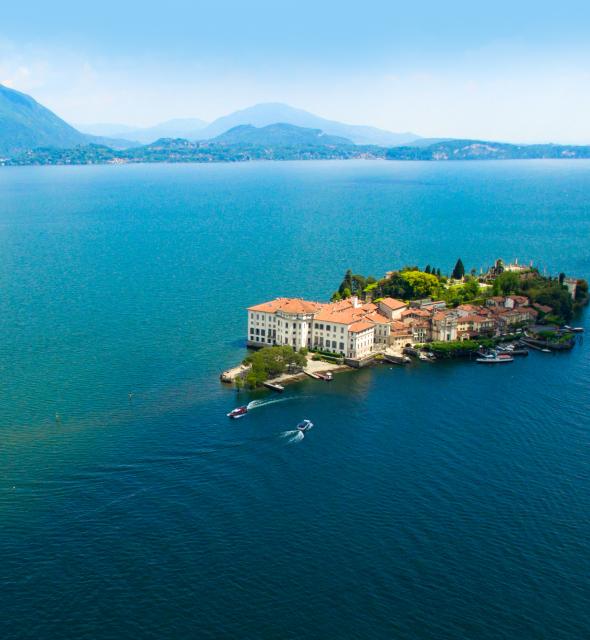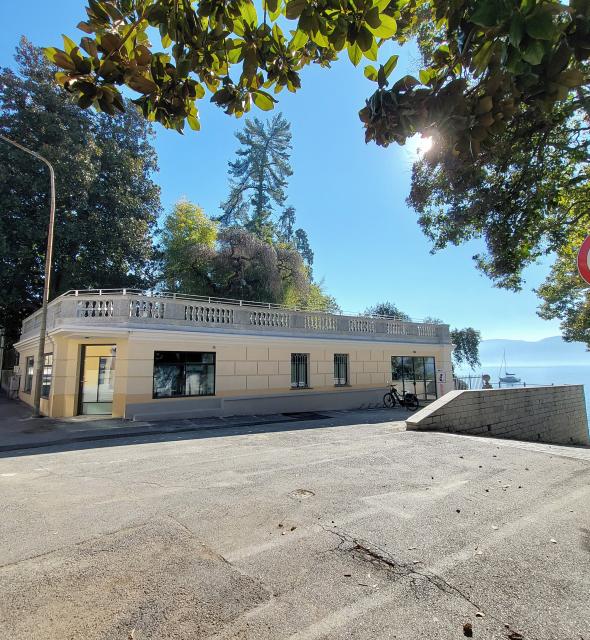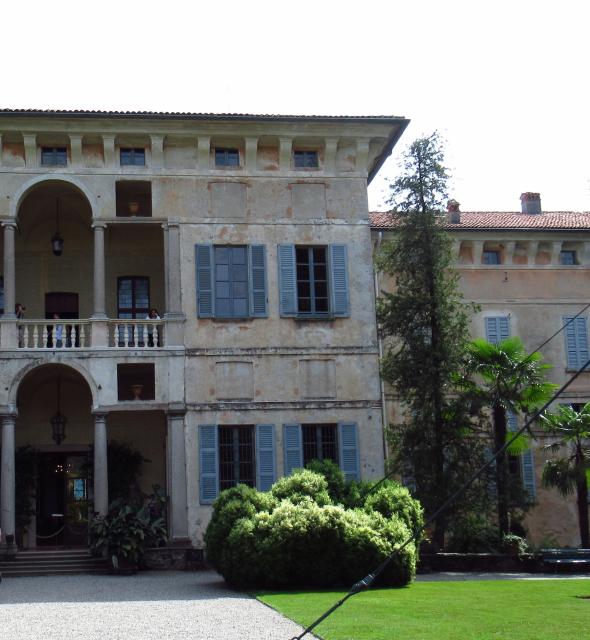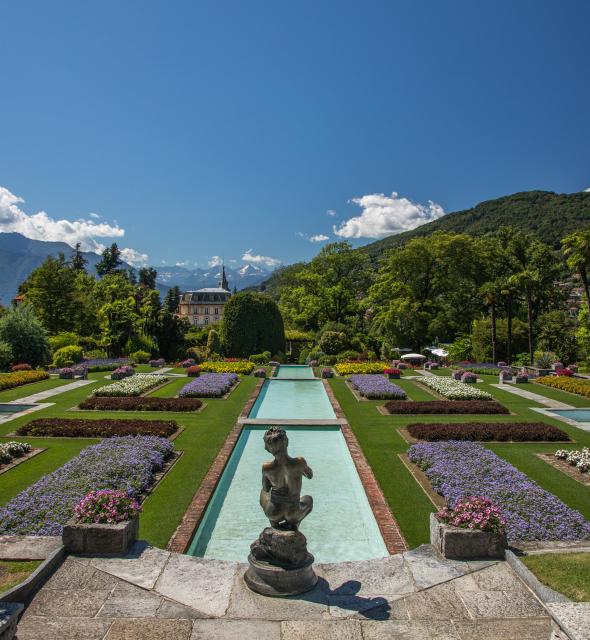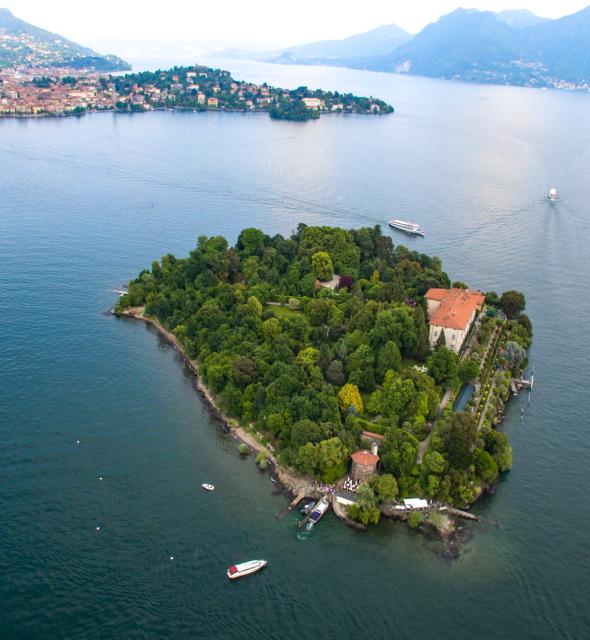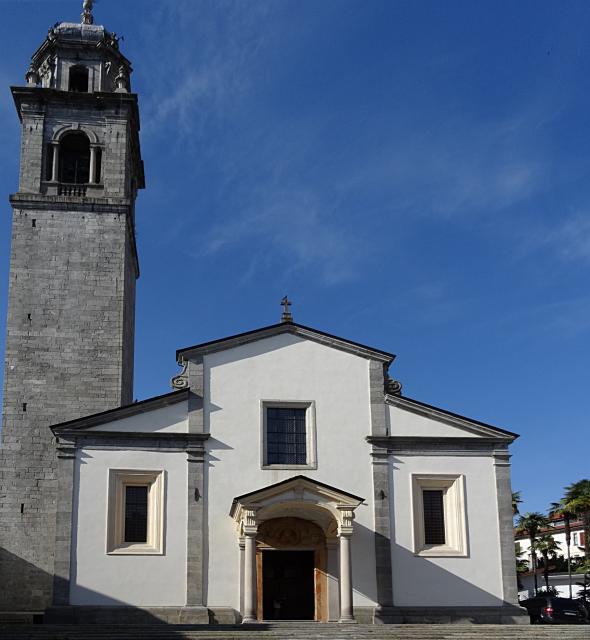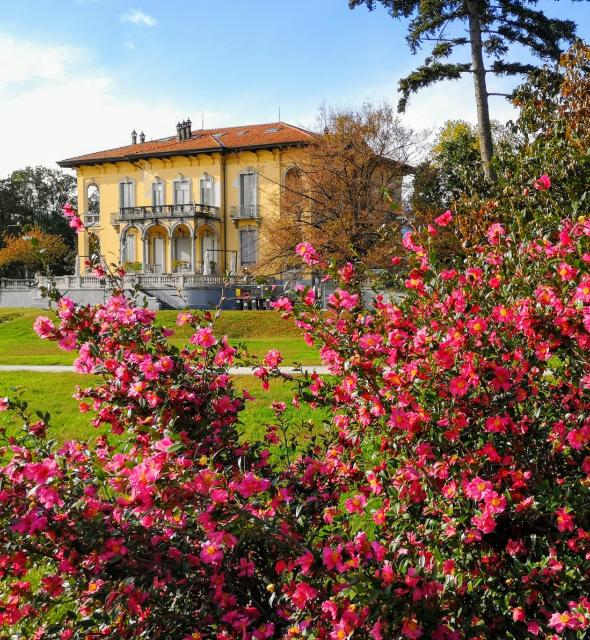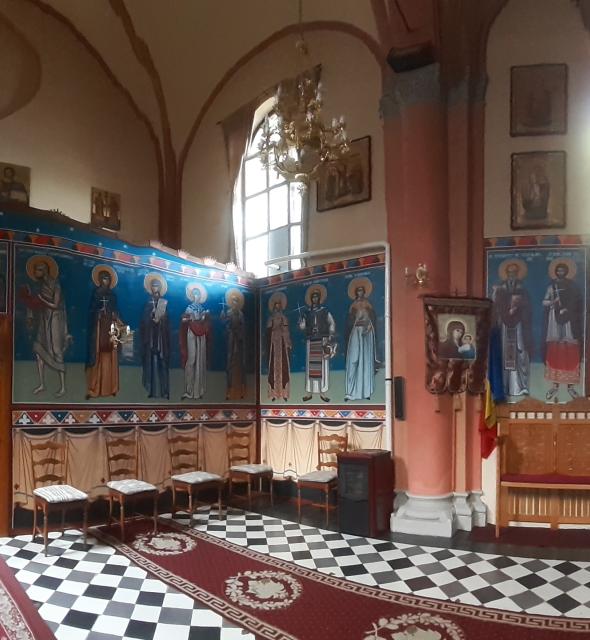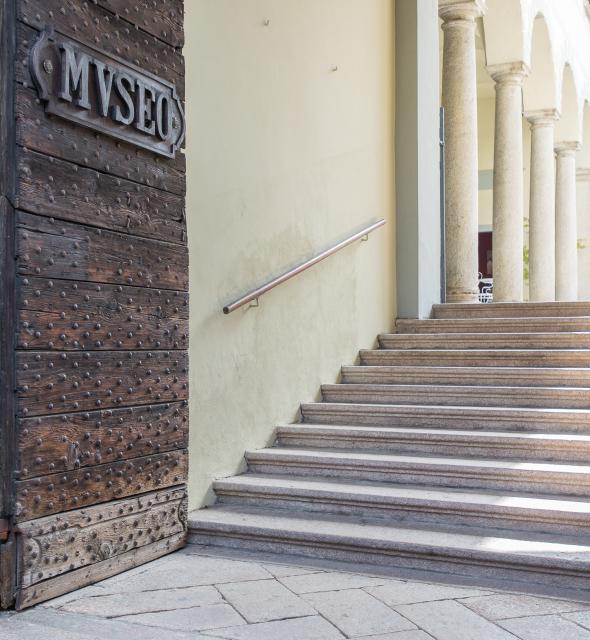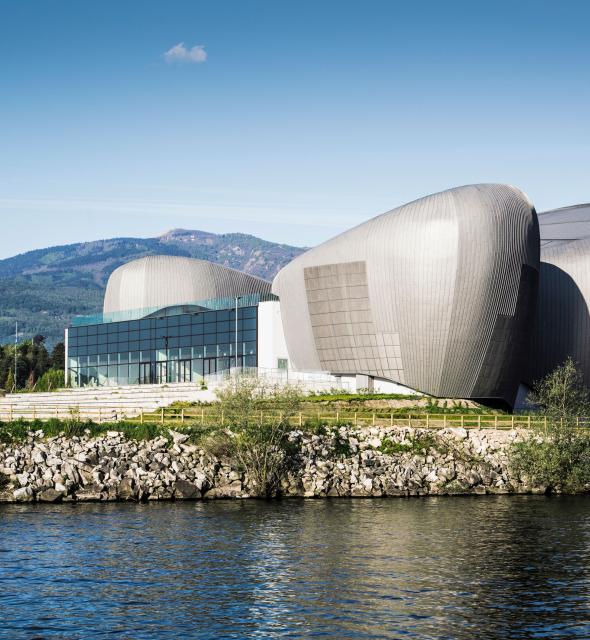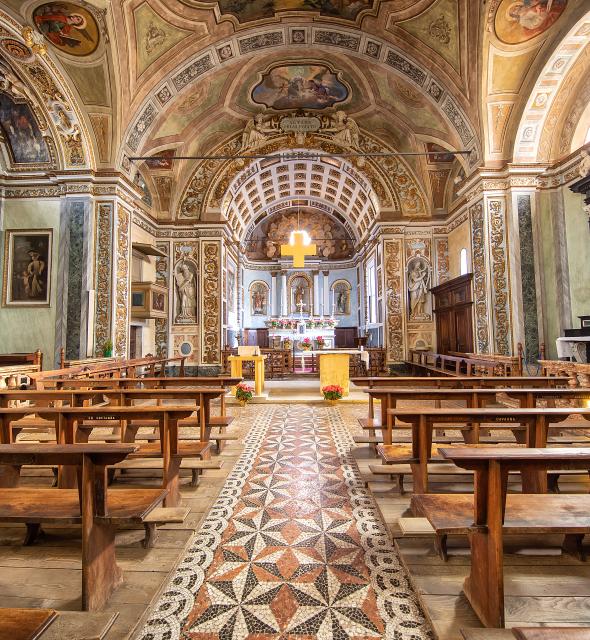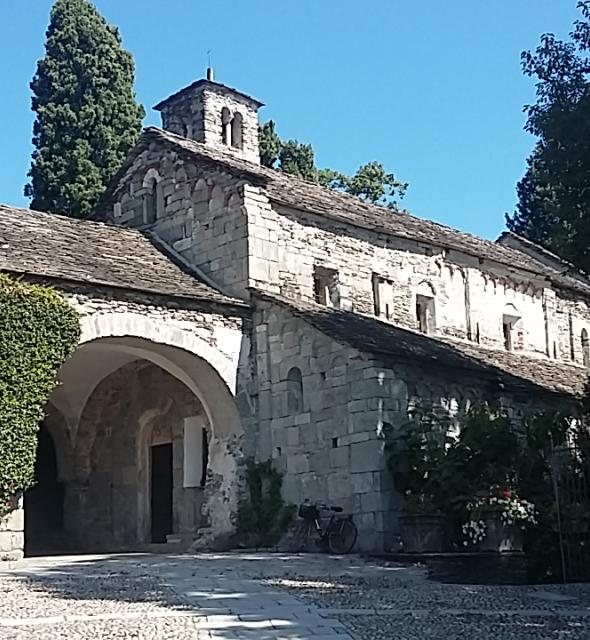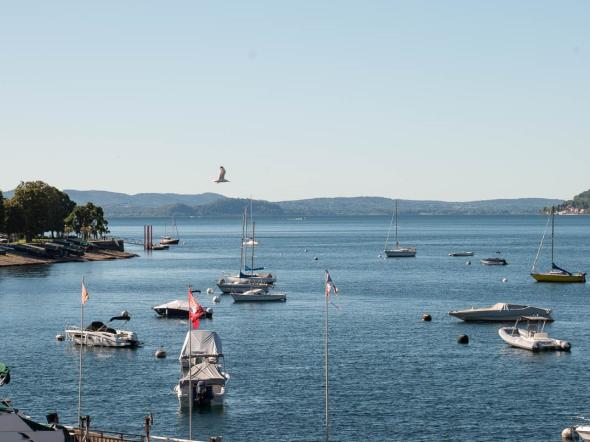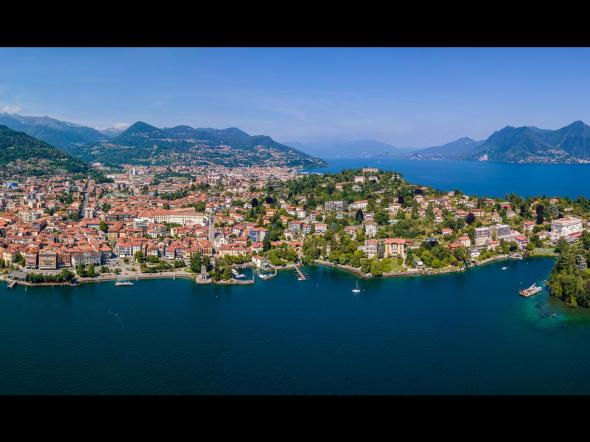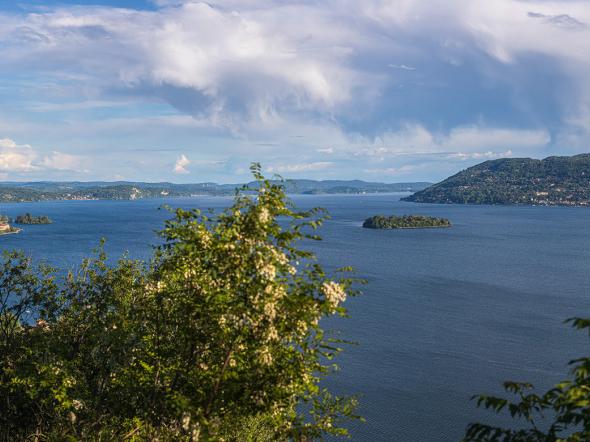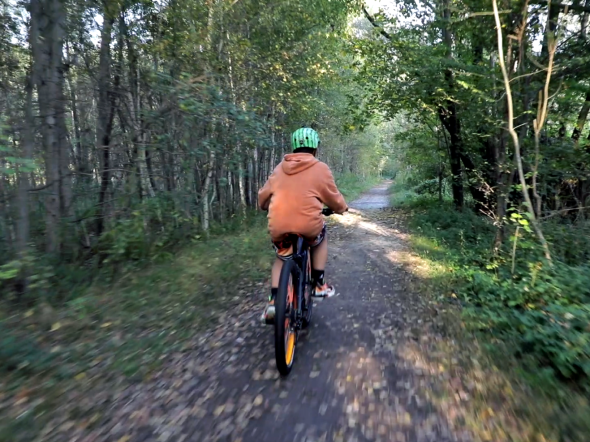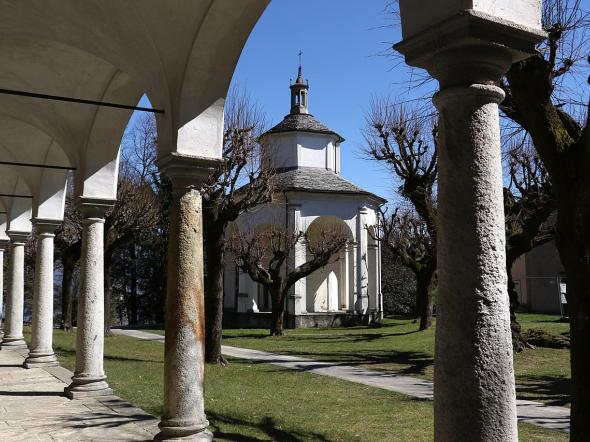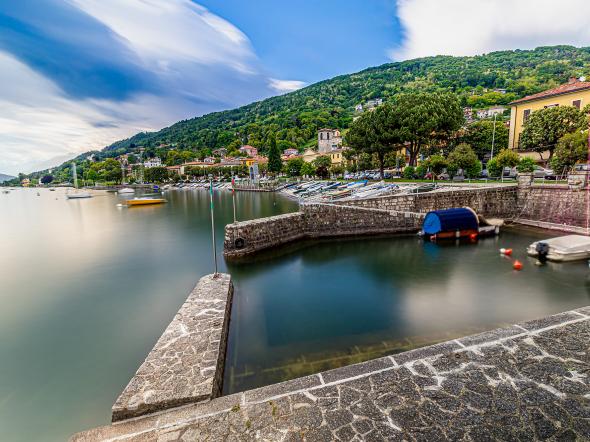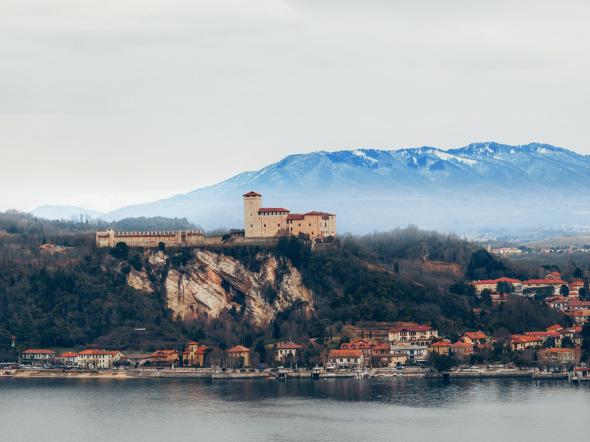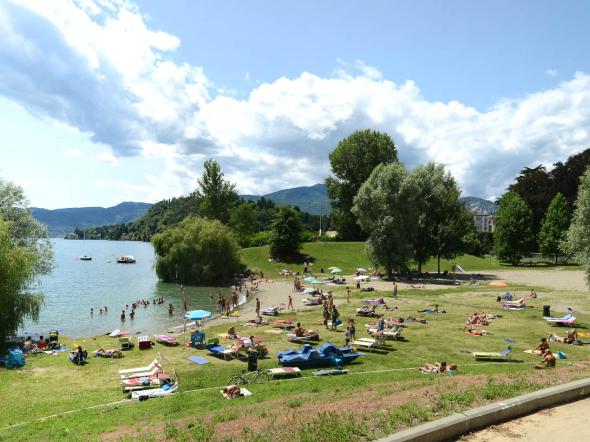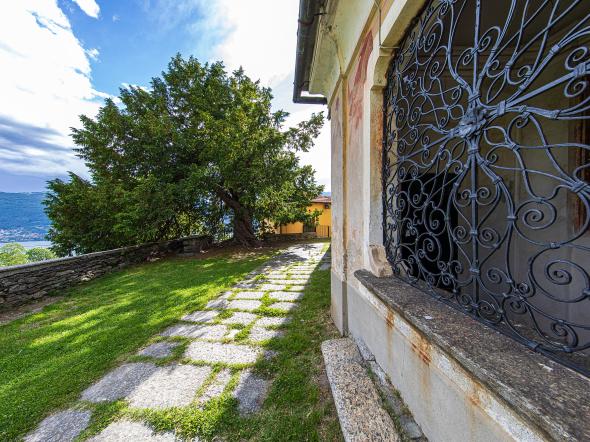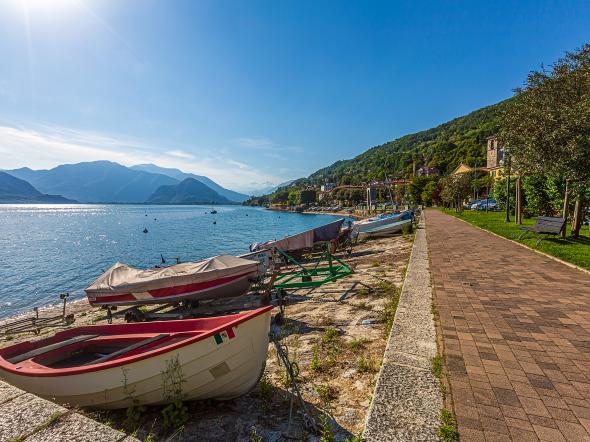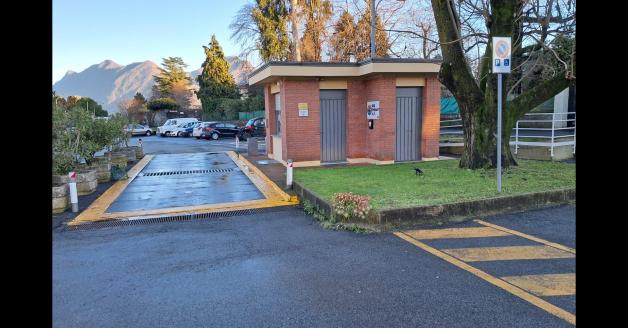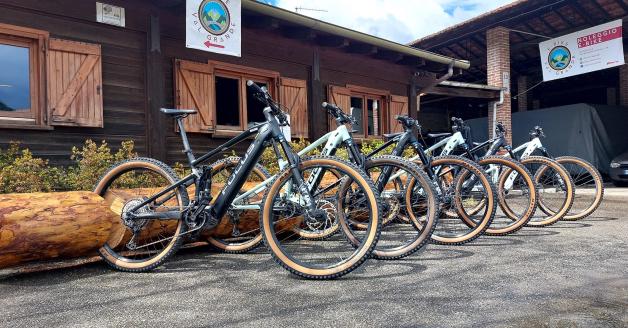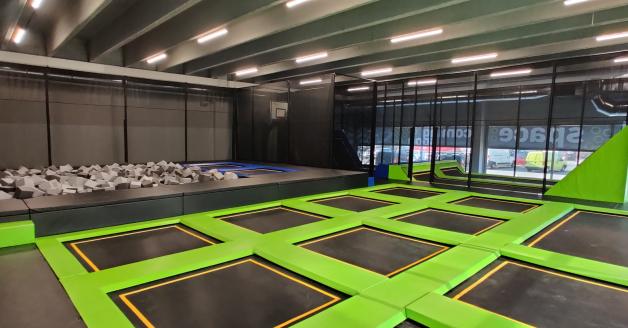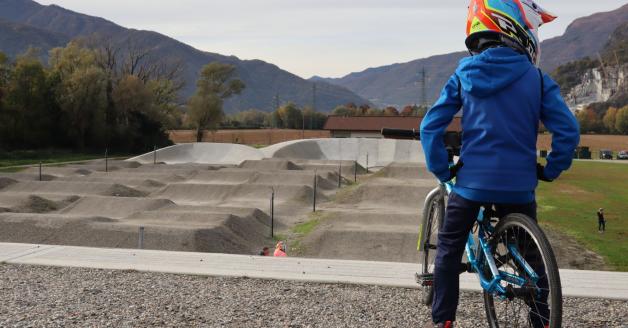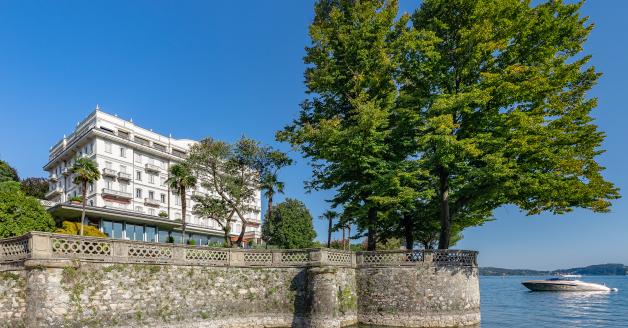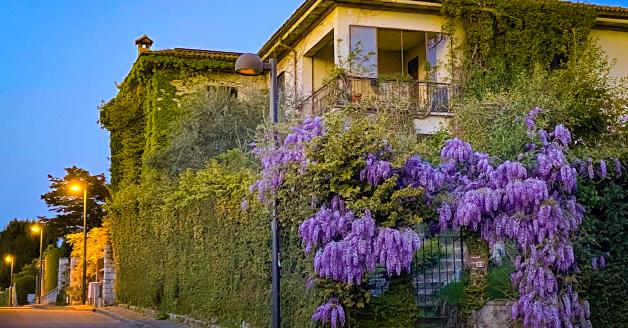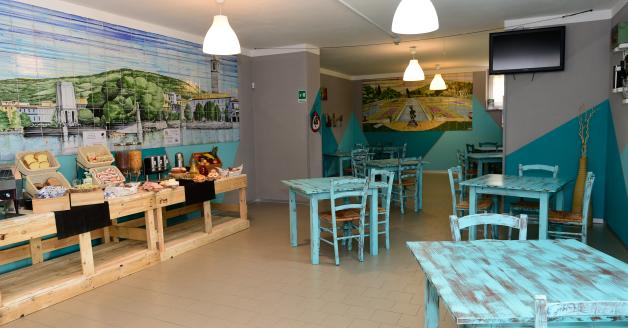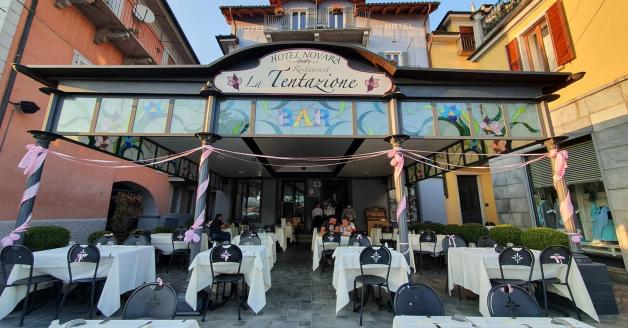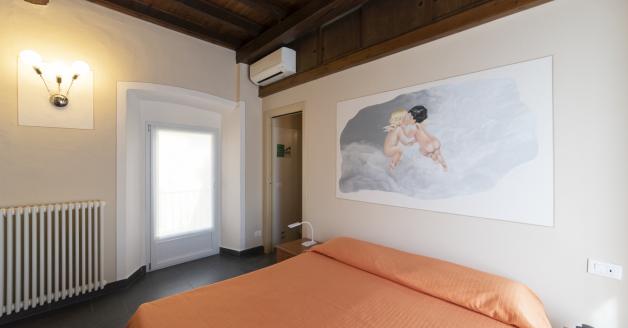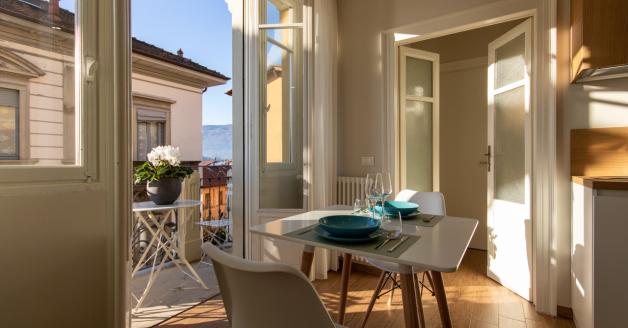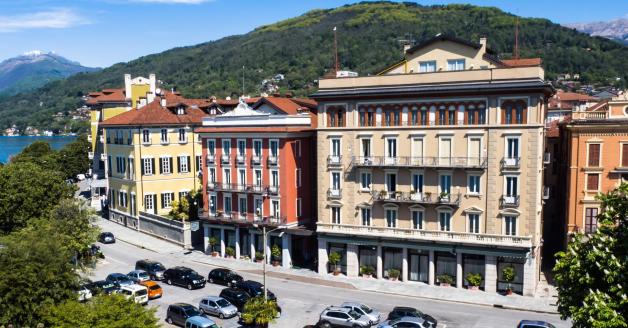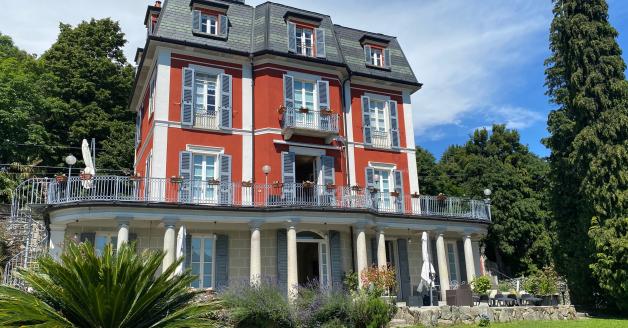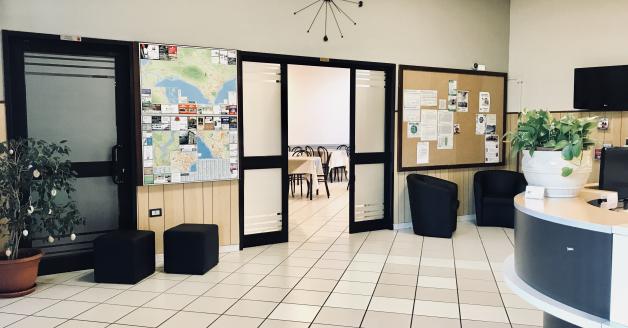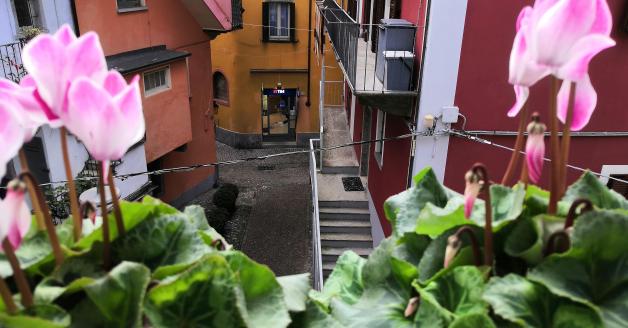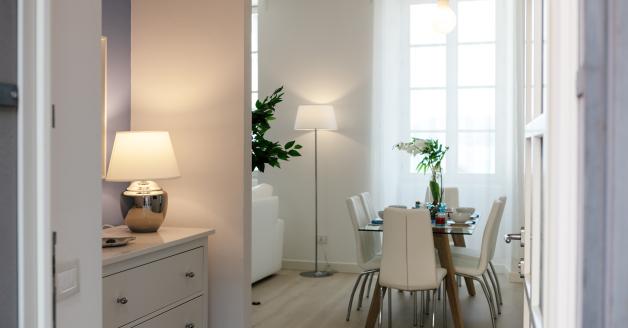Via Santa Caterina, 13 - Leggiuno
Let’s begin with the legend… it is said that, in the 12th century, an avaricious usurer, originally from Arolo on the Lombard coast of Verbano, was overpowered by the ferocity of the waves while sailing off the coast of Leggiuno. He risked drowning in the lake but he pledged penitence for his sins to Santa Caterina and managed to save himself from the shipwreck.
So it was that Alberto Besozzi retreated in prayer for over thirty years to live in a cave overlooking the lake, secluded like a hermit. The same precipice upon which the construction of the monastic Hermitage of Santa Caterina del Sasso complex was initiated about a century later.
Over the centuries, various religious orders took up residence in the monastery. The first was a community of Augustinian monks, followed by the Romiti Ambrosiani in 1379 and by the Carmelites in 1649. Since 2019, the religious management of the Hermitage has been entrusted to the Franciscan Fraternity of Bethany, who succeeded the Benedictine Oblates and a Dominican community.
The Hermitage consists of three different buildings which are the Southern Convent, the small Convent and the Church.
Approaching the Monastery by foot, visitors step through a portico flanked by round arches supported by slender granite columns which externally flank the southern Convent (14th-17th century) with its interesting frescoes in the fireplace hall.
Continuing on, you reach the small 13th century Conventino where the area beneath the first-floor windows is decorated with a 17th-century fresco inspired by the Danse Macabra, and lastly, the Church which incorporates the chapel of Santa Caterina, with the adjacent 14th-century bell tower that has a 15-metres high rectangular base, comprising the cusp and the cross. Inside the church, the sacellum conserves the relics of the founding hermit who had been posthumously decreed Blessed Alberto Besozzi.
To access the Church, which has a unique structure resulting from the fusion of three different chapels, originally constructed separately in different eras, you must cross a Renaissance-style portico made up of four round arches. One is struck by the numerous pictorial cycles of great artistic value, present both inside and outside the church, which cover an extensive period from the 14th to the 19th century.
The Hermitage can be reached by car - (parking in the overhead piazza) with a scenic descent of 268 steps - or, it can be reached by boat (Navigazione Laghi) followed by a shorter climb of approximately eighty steps.
Alternatively, visitors can use the modern lift excavated in the rock to tackle the 51-metre difference in height between the Cascine del Quiquio piazzale and the Hermitage entrance.

